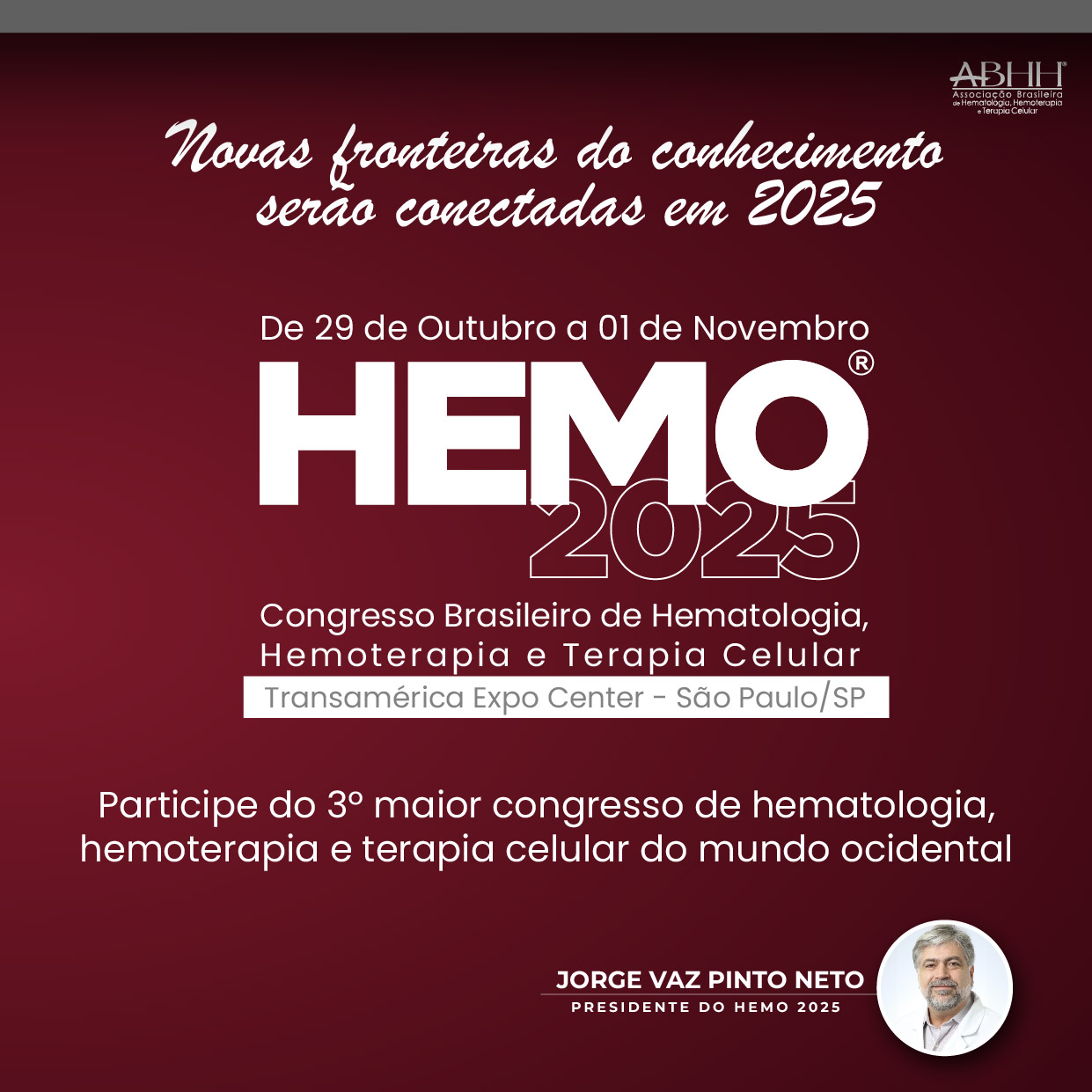Introduction: The treatment of relapsed/refractory (R/R) acute myeloid leukemia (AML) remains a challenge. In recent decades, a better understanding of molecular complexity and biology of AML has led to the development of new strategies for treatment. New agents from different therapeutic classes have been investigated in patients with R/R AML. Venetoclax (VEN) is an oral, potent, and selective BCL2 inhibitor. The antiapoptotic protein B-cell leukemia/lymphoma-2 (BCL2) overexpressed in hematologic malignancies has been implicated in the maintenance and survival of AML cells, therapeutic resistance, and association with poor overall survival. Case report: A 41-year-old woman was diagnosed with AML, in another center, in March 2016, without initial risk stratification. She responded to “7+3”(7 days of cytarabine (ARAC) and 3 days of an anthracycline) followed by 4 consolidation cycles of high dose ARAC. At the end of this treatment, she achieved negative minimal residual disease (MRD). In March 2019, she relapsed with blasts in peripheral blood. Reinduction with FLAG (udarabine, ARAC and, granulocyte colony-stimulating factor) was ineffective. She did not achieve a second remission, the bone marrow reevaluation showed 9% blasts. In May 2019, the patient was transferred to our center when allogeneic hematopoietic stem cell (allo-HCST) was considered the best treatment option for her The salvage regimen to induce remission of the disease as a “bridge to transplantation”chosen was subcutaneous ARAC and VEN. Patient achieved a second CR with negative MRD. HLA-identical allo-HSCT was performed in June 2019 with reduced-intensity conditioning without major complications. One year after HSCT, she remains in CR, and as complications she presented with chronic graft disease versus of mouth grade I. She continues in regular follow-up at the outpatient transplant clinic. Discussion: Although multiple chemotherapy combinations have been explored over the last years, there is no standard cytoreductive regimen for R/R AML. Commonly used salvage chemotherapy regimens for younger patients include FLAG-IDA (idarubicin) and MEC (mitoxantrone, etoposide, and ARAC). Nonetheless, allo-HSCT is the only potentially curative therapy for patients achieving a second CR. VEN combination regimens can be a strategy for heavily pretreated, older, and high-risk R/R AML. The combination of azacytidine or cytarabine with VEN, reduces MCL-1 protein levels (which was instead increased using single-agent VEN), resulting in synergistic apoptosis of AML cells. Effective treatment options are limited for patients with AML who relapse after two chemotherapy regimens like this case report. VEN and ARAC were chosen in this case, by our team, based on its safety and preliminary efficacy. In a phase II trial, VEN monotherapy was investigated for the treatment of R/R AML and produced a modest response, with an objective response rate (ORR) of 19%. Subsequent studies of combination therapy of VEN with hypomethylating agents or low-dose ARAC have demonstrated better responses with ORR of 35.7% (21.4% CR with incomplete hematologic recover and 14.3% achieving partial remission). Conclusion: Low-intensity chemotherapy, such as cytarabine, in combination with VEN, can be a strategy for patients with R/R AML to achieve a second CR to proceed to allo-HSCT.
The Impact Factor measures the average number of citations received in a particular year by papers published in the journal during the two preceding years.
© Clarivate Analytics, Journal Citation Reports 2025
SRJ is a prestige metric based on the idea that not all citations are the same. SJR uses a similar algorithm as the Google page rank; it provides a quantitative and qualitative measure of the journal's impact.
See moreSNIP measures contextual citation impact by wighting citations based on the total number of citations in a subject field.
See more






